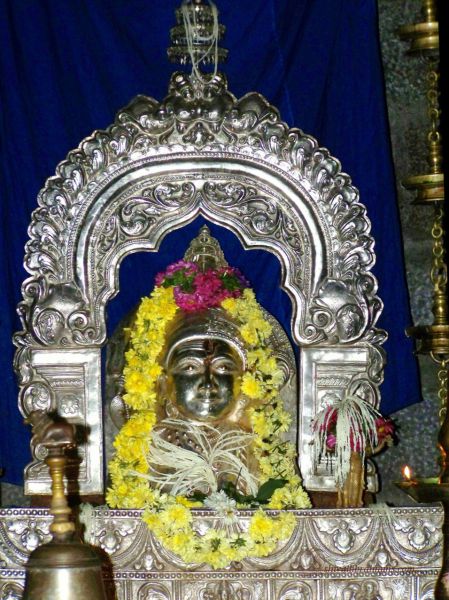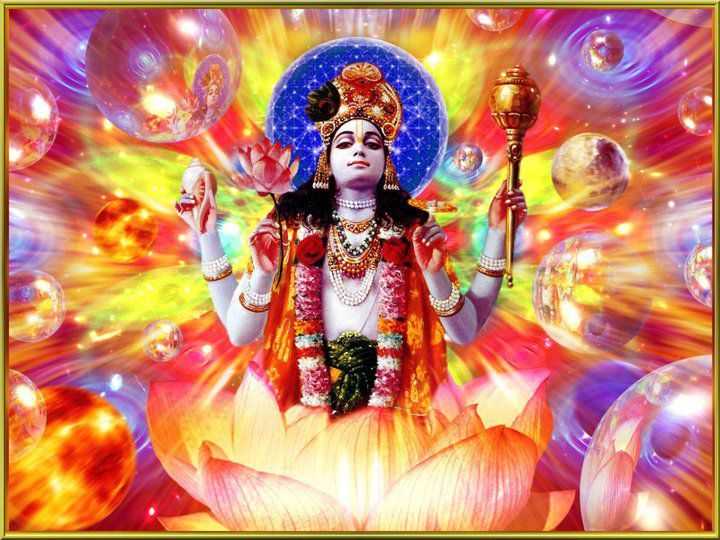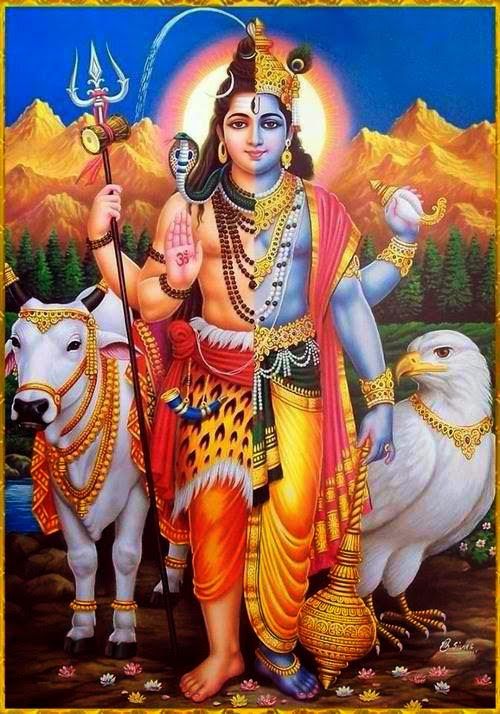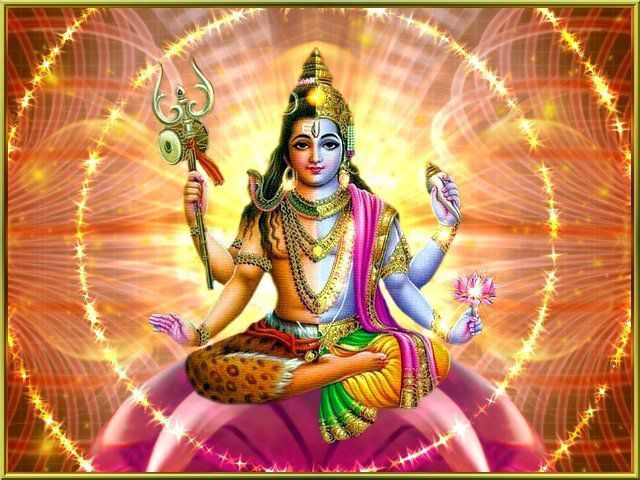No products in the cart.
Lord Shankaranarayana is a combined deity form of Shiva (Shankara) on the right with Nandi, and Vishnu (Narayana) on the left with Garuda. Shankaranarayana is also called Harihara – Hari (Vishnu) and Hara (Shiva). Lord Shankaranarayana is thus worshipped by both Vaishnavites and Shaivities as a form of the Supreme God, as well as being a figure of worship for other Hindu traditions in general. Harihara is also sometimes used as a philosophical term to denote the unity of Vishnu and Shiva as different aspects of the same Supreme God.
Due to the diverse nature of Hinduism there are a wide variety of beliefs and traditions associated to both Vishnu and Shiva. In Vaishanvisim Vishnu (including his associated incarnations) is the Supreme God, and in Shaivism Shiva (including his different incarnations) is the Supreme God. There was a period when the followers of Shiva and Vishnu were competing to establish their God as the sole Supreme God. The worship of Shankaranarayana evolved as a compromise between these two groups. Today these two Supreme Gods occupy equally important positions in the Hindu Trinity, with Brahma. Lord Shiva’s incarnation as Ardhanarishvara – half Shiva and half Parvathy depicts that the male and female are manifestations of the same Supreme God. Similarly Lord Shankaranarayana shows that Vishnu and Shiva are manifestations of the same Supreme God. The Advaita Siddhantha regard the Supreme God as being ultimately formless and thus see both Vishnu and Shiva as different facets of the one formless Brahman.
According to Swami Sivananda, Shiva and Vishnu are one and the same entity. They are essentially one and the same. They are the names given to the different aspects of the all-pervading Supreme Soul or the Absolute.
“Shivasya hridayam vishnur:
Vishnoscha hridayam shivah:”
Vishnu is the heart of Shiva and likewise Shiva is the heart of Vishnu. The famous Shloka
“Shivaya Vishnu rupaya
Vishnave Shiva rupine”
Also tells that Shiva and Vishnu are the same.
“Shankaranarayana” is considered as one of the seven holy places created by Bhagwan Parshuram. This is one of the rare temples where we can see the sangam (confluence) of Shankara (Lord Shiva) and Narayana (Lord Vishnu).
Shankaranarayana village, named after the temple, is located in the valley of mountain ranges close to the Sahyadris. It is located in Udupi District, Karnataka, and 25KM from the Arabian Sea.
The 7 holy places namely Subrahmanya, Udupi, Kumbhakaashi, Koteshwara, Shankaranarayana, Kolluru and Gokarna together constitute Parashurama Kshetra. These holy places are compared with seven holy places in Rama Kshetra, namely, Ayodhya, Mathura, Maya, Kashi, Kanchi, Avanthika and Puri.
Udbhaav Murthy – Shankaranarayana Temple

The main deity of Shankaranarayana Temple is in the form of Udbhaav Linga. The naturally formed lingam of Lord Shankara and Lord Narayana is one feet below the ground, inside the Garbhagudi. The devotees can only see the mirror image of the lingam. The Shankara Linga is on the right (left as seen by the devotees) and Narayana Linga on the left. While Shankara Lingam is in round shape, whereas Narayana Linga is a flat one with foot prints of holy cow in it. Devotees believe that these were foot prints of Kamadhenu (holy cow) which had stood here for dripping milk on the Shankara Linga. There is water around Udbhaav Linga at any time of the year. This holy water is called Suddhamrita Theertha
Koti Theertha
Koti theertha is located in front of the temple. Devotees coming to this temple first make prokshana of this theertha and then make darshan of Lord Shankaranarayana. The stone enclosure and the surrounding coconut and arecanut groves enhance the beauty of the pond. The pond has rich spiritual bearing. Rituals such as Pitratarpana and Theerthasnana are held at this pond. Koti theertha stands out as most beautiful and vast of all the twenty one ponds found around this place.
Krodagiri Devaru
Shankaranarayana is also known as Kroda after Kroda Maharshi. In the 24th Chapter of Pushkara Kaanda in Padma Purana, one can find a beautiful description of Krodha Shankaranarayana. According to this, the demons Kharasura and Rattasura were ill-treating common people. Kroda Maharshi meditated Lord Shiva and Lord Vishnu together and prayed them come in the form of Lord Shankaranarayana. Lord Shiva and Lord Vishnu, pleased with the meditation of Krodha Maharshi, came to this place as Shankaranarayana and killed Kharasura and Rattasura. The hill beside the Shankaranarayana Temple, atop which Krodha Maharshi meditated Lord Shankaranarayana, is named as Kroda Giri.
The idol of Lord Shankaranarayana along with goddess Gowri and goddess Lakshmi are at the top of Kroda Giri.
Kroda Guhe
The Guhe (Cave) in which Kroda used meditate atop the Kroda Giri Parvatha (Hill). This is 6 foot wide cave with a 2-feet wide entrance.
“Shiva is a form of Vishnu and Vishnu a form of Shiva. Shiva dwells in the heart of Vishnu while Vishnu in the heart of Shiva.”
ये अपि अन्य देवता भक्ताः यजन्ते श्रध्दयान्विताः
ते अपि मामेव कौन्तेय यजन्त्यविधिपूर्वकम
– Bhagavad Gita (Ch. 9, 23)
Krishna tells Arjuna that even those who are the devotees (bhaktas) of other devatas (Anya devata) and who worship them with great devotion they too are worshipping Him – even if it is considered to be avidhipoorvakam (i.e. following a different “Vidhi”, or Pooja rituals). Krishna is saying, “Pray to me directly. But, if the devotee finds attachment to other deities, that is OK. They too worship me.”
Vishnu Maya

Narada, coming under Vishnu Maya, gives shaapam to Vishnu, Narada says “Svami! Please forgive me. I, coming under influence of Your Maya, got Ahankaara and did your ninda. Please tell me what can save me from this ghora-paapam”.
Vishnu says: “O Priya Narada! You go and do paaraayana of Shankara Shatanaamams. Then you will get Shanti. Shiva is whom I respect the most. Even by mistake don’t forget this. One who doesn’t have Shiva-Anugraha cannot be My Bhakta. Believe this. Then My Maya won’t affect you.”
One day, when Goddess Lakshmi and Vishnu were together in vihaaram, Lakshmi sees Uchhaishravas, her brother, the horse of Revanta who is the son of Surya. Engrossed in seeing her brother, she does not reply to the repeated calls of Vishnu. Seeing her attraction, Vishnu gives her shaapam to go to Bhulokam in the form of a horse and come back to Vaikuntam only after getting a son equal to Himself! She comes to Bhuloka to experience the shaapam and realizing that none other than her brother, Shiva can help her calm Vishnu, she immediately does a tapas for Him and Shiva appears to save her soodari. Lakshmi says “You and Vishnu are both same, the Paramaatmaa. Please help me!” Shiva says “Soodari! How do you know that we both are same? All learned people know that. Who told you?” Lakshmi says, “Once MahaVishnu Himself told me this. Seeing Him in deep Daiva-dhyaanam, I asked Him “During Samudra Manthanam, I thought you were the greatest of all and hence chose you. Devaadideva! Who is better than you that you are in dhyana of Him?” MahaVishnu replied “I am doing Shankara-dhyana. He is Eshwara. He is the same as me. All learned people know that. If someone is my devotee but still hates Shiva, he will fall into naraka”. Saying this, she asks Shiva to persuade Vishnu to bless her with a child. Shiva sends Chitrarupa as a duta to convince Vishnu. Vishnu immediately accepts and comes to Bhuloka and blesses Lakshmi with Ekaveera, who is equal to Vishnu Himself.
Myths about Shankaranarayana
 The Devtas had looked upon the earth, and were horrified by the terrible state it was in- everywhere there was greed, war and unhappiness. Vice and sin ran rampant among people. Confused as to how things could have become like this, they approached Vishnu to seek answers. Vishnu said to them as they assembled, “Let us go to Shankar, for He is wise!” Vishnu led the demigods up the icy slopes of Mount Kailash, but saw no one there. Amidst the rocks and snow, there was no sign of Shiva or Parvati, or even Nandi. The baffled gods searched for a sign of Shiva until Vishnu came to them and said, “My beloved, your selfishness has made you blind, for Hara is here! You must purify yourselves- bathe in milk, sing the Satarudriya hymn, and take only hot milk for 3 days, and your eyes will be opened.” They followed his instructions, but after 3 days they still could see no sign of Shiva. They cried out, “O Jagannath, Lord of the World, where can we find Shankar?” At that, Vishnu pointed to his chest. “He is in me, as I am in him. Can’t you see that?” As he spoke, he revealed his lotus heart, and as the petals opened, the sacred Shiva Lingam could be seen in the middle. The gods fervently worshipped the lingam, bathing it in milk, covering it with vermillion and sandal paste, offering flowers and chanting the 1008 names of Shiva. But through this, they were still disturbed- How could Hari and Hara be one and the same? Vishnu had light, Sattvic qualities, while Shiva had dark, tamasic qualities. They were so different! But knowing their thoughts, Vishnu took on the form of Shiva. The gods could no longer tell the difference between the trident-bearing, three eyed god, or the conch bearing lord. And so, realizing finally that Vishnu and Shiva were one and the same, they bowed in devotion and worshipped Sri Hari Hara.
The Devtas had looked upon the earth, and were horrified by the terrible state it was in- everywhere there was greed, war and unhappiness. Vice and sin ran rampant among people. Confused as to how things could have become like this, they approached Vishnu to seek answers. Vishnu said to them as they assembled, “Let us go to Shankar, for He is wise!” Vishnu led the demigods up the icy slopes of Mount Kailash, but saw no one there. Amidst the rocks and snow, there was no sign of Shiva or Parvati, or even Nandi. The baffled gods searched for a sign of Shiva until Vishnu came to them and said, “My beloved, your selfishness has made you blind, for Hara is here! You must purify yourselves- bathe in milk, sing the Satarudriya hymn, and take only hot milk for 3 days, and your eyes will be opened.” They followed his instructions, but after 3 days they still could see no sign of Shiva. They cried out, “O Jagannath, Lord of the World, where can we find Shankar?” At that, Vishnu pointed to his chest. “He is in me, as I am in him. Can’t you see that?” As he spoke, he revealed his lotus heart, and as the petals opened, the sacred Shiva Lingam could be seen in the middle. The gods fervently worshipped the lingam, bathing it in milk, covering it with vermillion and sandal paste, offering flowers and chanting the 1008 names of Shiva. But through this, they were still disturbed- How could Hari and Hara be one and the same? Vishnu had light, Sattvic qualities, while Shiva had dark, tamasic qualities. They were so different! But knowing their thoughts, Vishnu took on the form of Shiva. The gods could no longer tell the difference between the trident-bearing, three eyed god, or the conch bearing lord. And so, realizing finally that Vishnu and Shiva were one and the same, they bowed in devotion and worshipped Sri Hari Hara.







Can you provide a list of all Shankaranarayanan Swamy Temples in India with history details?